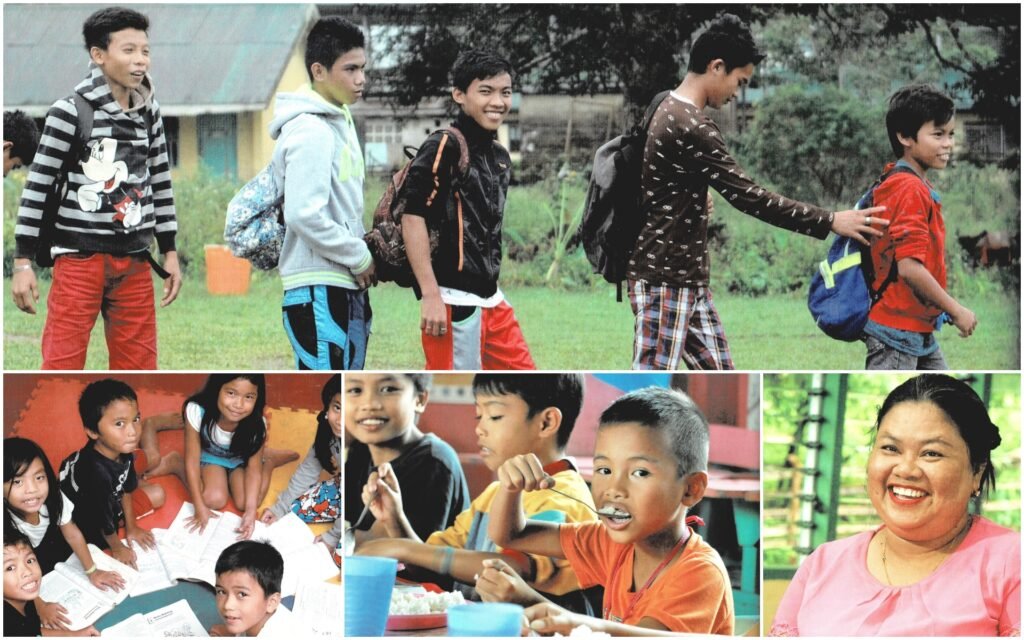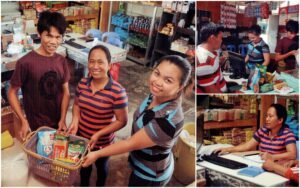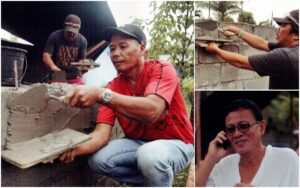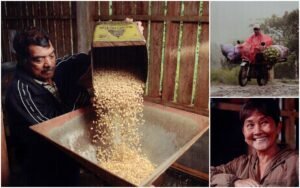
Supplemental feeding program ensures proper nutrition for students.
It is still a harsh reality that in many areas in the country, schoolchildren can’t always bring their baon of food for the day. At most, they make do with a little rice and a small piece of dried fish. As a result, many children struggle with learning and even drop out because they cannot cope with having to study with an empty stomach. This is especially true in remote areas, where poverty can cripple a child’s chances of getting an education.
Recognizing this problem, Kasilak partnered with Jollibee Foundation’s Busog, Lusog, Talino (BLT) School Feeding Program and identified key communities where children could benefit from free nutritious meals. One of the beneficiaries was the Carpenito Integrated Secondary School in Tagbina, Surigao del Sur which, coincidentally, had been looking for a partner to support its feeding program.
“Our intention was to improve the performance of the school and our students,” then-school principal Ma. Liza T. Bandola says. “We knew that one of the factors for low performance was hunger. How could the children study well and learn if their stomachs were empty?”
“As intervention, we came up with the idea of having a feeding program. It was good that there were foundations like Kasilak that were already doing it. When we tapped them, they immediately agreed to make us a beneficiary. It was destiny. Pinagtagpo kami ng tadhana (Destiny brought us together),” Liza adds.
The program began in 2013 with 20 students who were found to be “wasted” — the term used by United Nations Children’s Fund (UNICEF) to describe low weight resulting from acute food shortage or disease. The children were fed nutritious food following recipes provided by the Jollibee Foundation. Meat, vegetables, fruit, and natural juice were on the menu. Not surprisingly, processed foods and drinks were not allowed.
Fely C. Cabugngan, the school’s feeding coordinator, proudly says all 20 students “normalized” after 120 days, the prescribed duration for the feeding program. The school also noted an increase in the students’ participation rate, promotion rate, and achievement rate, as well as a decrease in their repetition rate.
Liza adds that the school’s dropout rate has fallen to zero since the program started. “We all know that undernourished students are the ones prone to dropping out, and that counts against the performance of the school. Nag-zero dropout rate ang school since 2013,” she proudly says.
The students’ grades have also collectively increased, so much so that the school has received a High Achievement Award in the National Achievement Test (NAT).
Teacher Epifanio C. Tanjay relates the experience of seventh grade student Delbert John, who used to lag behind his classmates and often failed in several subjects. After being included in the feeding program, he has become more attentive in school. “He now excels in his class,” Epifanio says.
Kasilak’s feeding program continued successfully for two more school years before being turned over to the Local Government Unit (LGU), transitioning into a sustainable program that the entire community can call its own. Liza, Fely, and Epifanio are all confident that as the stakeholders work together, the children of Carpenito can have a better crack at a bright tomorrow.



